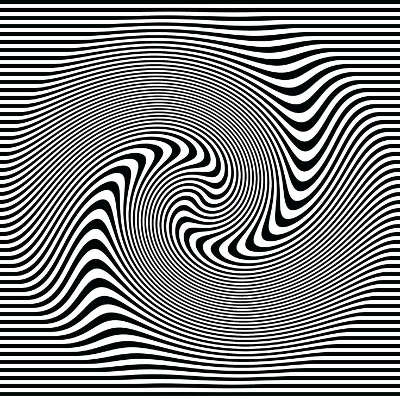FWP:
SETS == A,B
MADNESS: {14,3}
MIRROR: {8,3}
TAMASHA: {8,1}
WRITING: {7,3}
For background see S. R. Faruqi's choices. This verse is NOT one of his choices; I thought it was interesting because of the Pari imagery, and have added it myself. For more on Ghalib's unpublished verses, see the discussion in {4,8x}.
As Gyan Chand notes, if a Pari's shadow falls on you, you will go mad. (By contrast, if the Huma's shadow falls on you, you'll become a king; on this see {49,3}.)
Not only is this an 'A,B' verse, it's also rather an obscure and unsatisfactory one. In the first line, thanks to the flexibility of the iẓāfat , the 'madness of the mirror' can mean: (1) the madness experienced by the mirror; (2) the madness that is identical with the mirror; (3) the madness that is associated with the mirror in some unspecified way; (4) the madness felt by someone else with regard to the mirror. Then of course, when we look toward the rest of the first line we get no help: 'ardent for a single spectacle' gives us no further information about what the 'madness of the mirror' might be.
Then the second line launches a completely fresh sequence of imagery about the preparation of a page for writing. It is quite possible to see that preparing the ruled lines on a page (of destiny?) with the 'wing of a Pari' can imply some kind of fated, ineluctable madness. But then-- what is the 'connection' with the first line? The mere presence of 'madness' in both lines doesn't at all suffice. How does the mirror (of the heart?) resonate with the piece of paper (of destiny?)? The 'objective correlative' relationships remain vague and mushy.


Asi:
The madness of the mirror wants a single spectacle-- that is, it is eager to have someone see it. Therefore, on our mirror which has the aspect of a blank page, lines ought to be drawn with the wing of a Pari, so that at least it can see that some beautiful one is looking.
== Asi, p. 106